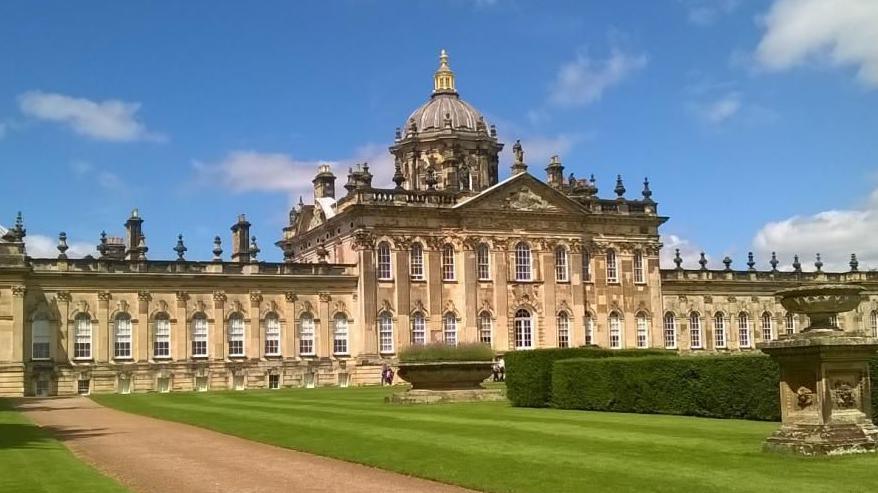Moorland to be restored to its 'natural state'
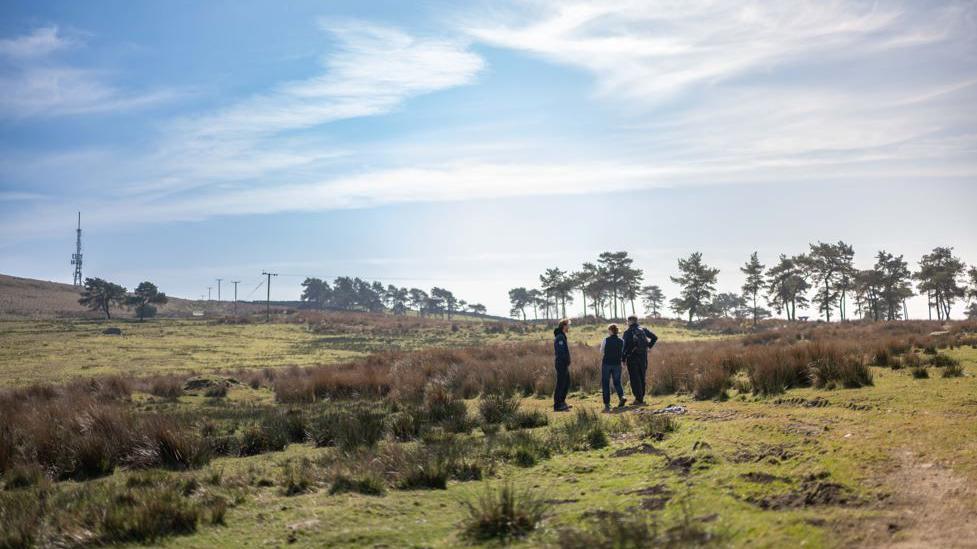
The project will create new habitats for different species, Environment Bank said
- Published
An area of land on the edge of Ilkley Moor will become a "habitat bank" to conserve wildlife and attract new species.
The 140-acre Keighley Habitat Bank, between Silsden and Riddlesden, will restore fields previously used for sheep grazing to their natural state - with meadows, scrub and woodland.
The project is being run by Environment Bank, which sells land to developers to offset the environmental impact of their construction projects.
It said it hopes to create new habitats that support a variety of species found in the local moorland, including otters and badgers as well as nesting birds like curlew, cuckoo, lapwing, and grey partridge.
Two areas of mature Scots pine woodland within the habitat bank will be improved to encourage greater ecological connectivity across the landscape.
It will be managed using sustainable, low-intensity grazing techniques with sheep and cattle, mirroring traditional land stewardship practices, Environment Bank said.
Part of the habitat bank sits within flood zones along Holden Beck, providing an opportunity to enhance natural flood mitigation in the area, it added.
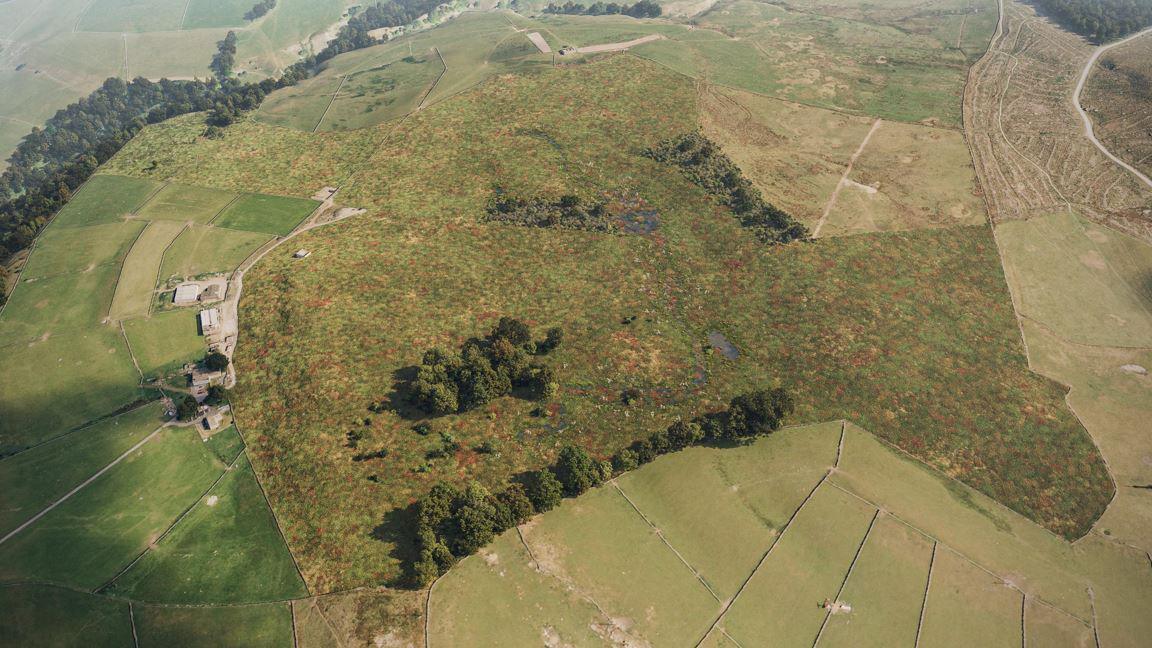
Biodiversity offsetting has been introduced into the planning process in England
Cameron Chester, the senior ecologist leading on Keighley Habitat Bank, said: "This is a really great site located at the edge of the beautiful Ilkley Moor. There are some really ecologically valuable habitats here already, including upland fen and waxcap grassland, and the opportunity to enhance those and the site as a whole is really exciting."
Last year, biodiversity offsetting was introduced into the planning process across England.
To gain planning permission, developers must demonstrate a 10% net gain in biodiversity. This has led to schemes such as Environment Bank.
This project is designed to support both organisations that need to meet a statutory Biodiversity Net Gain (BNG) requirement and those who want to contribute voluntarily.
The Keighley Habitat Bank is one of almost 40 BNG sites from Environment Bank's national network, created and managed by its team of ecologists in partnership with rural landowners.
It is due to be added to the national biodiversity gain sites register in September.
Get in touch
Tell us which stories we should cover in Yorkshire
Listen to highlights from West Yorkshire on BBC Sounds, catch up with the latest episode of Look North.
Related topics
- Published2 October 2024
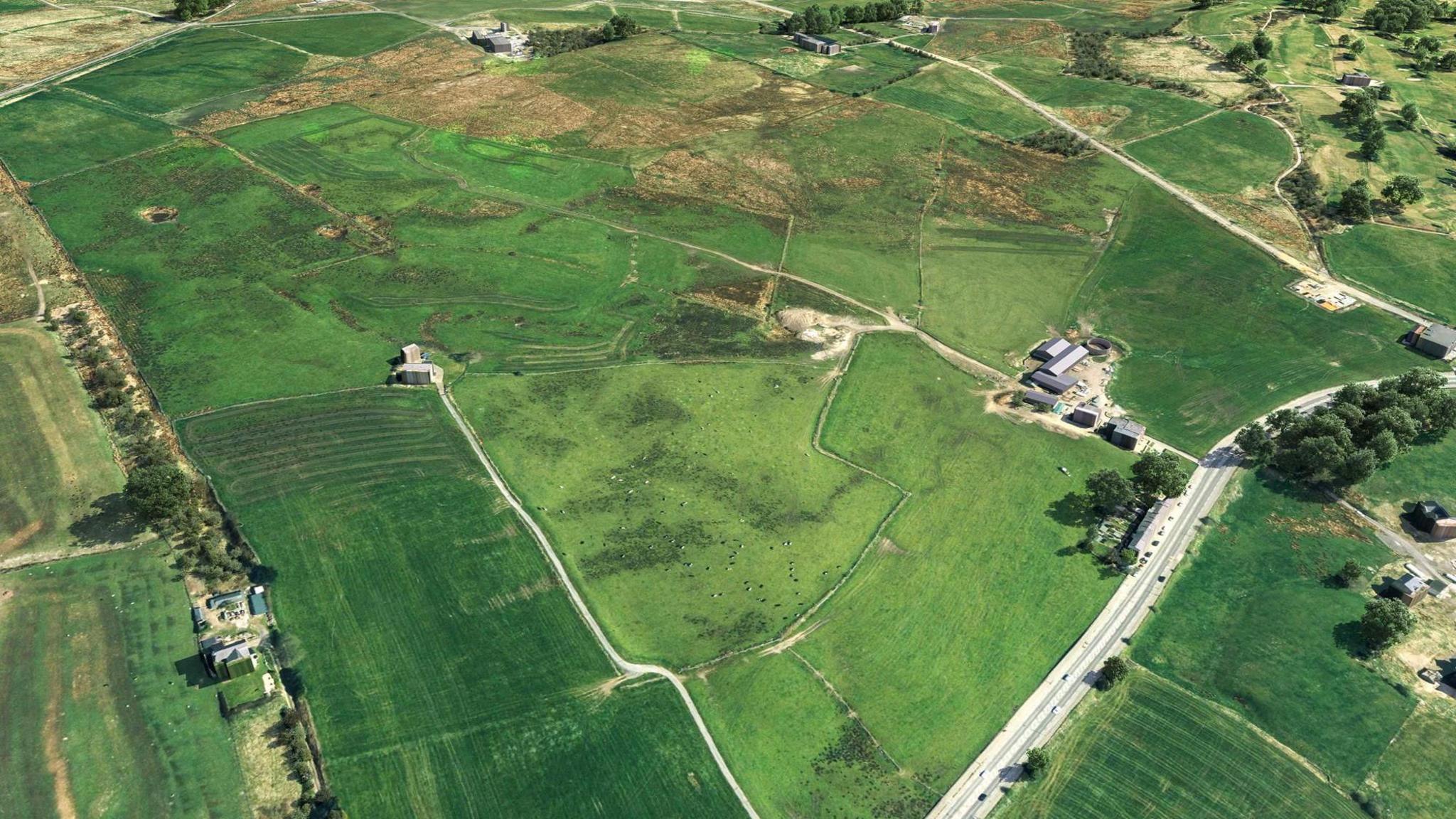
- Published19 March
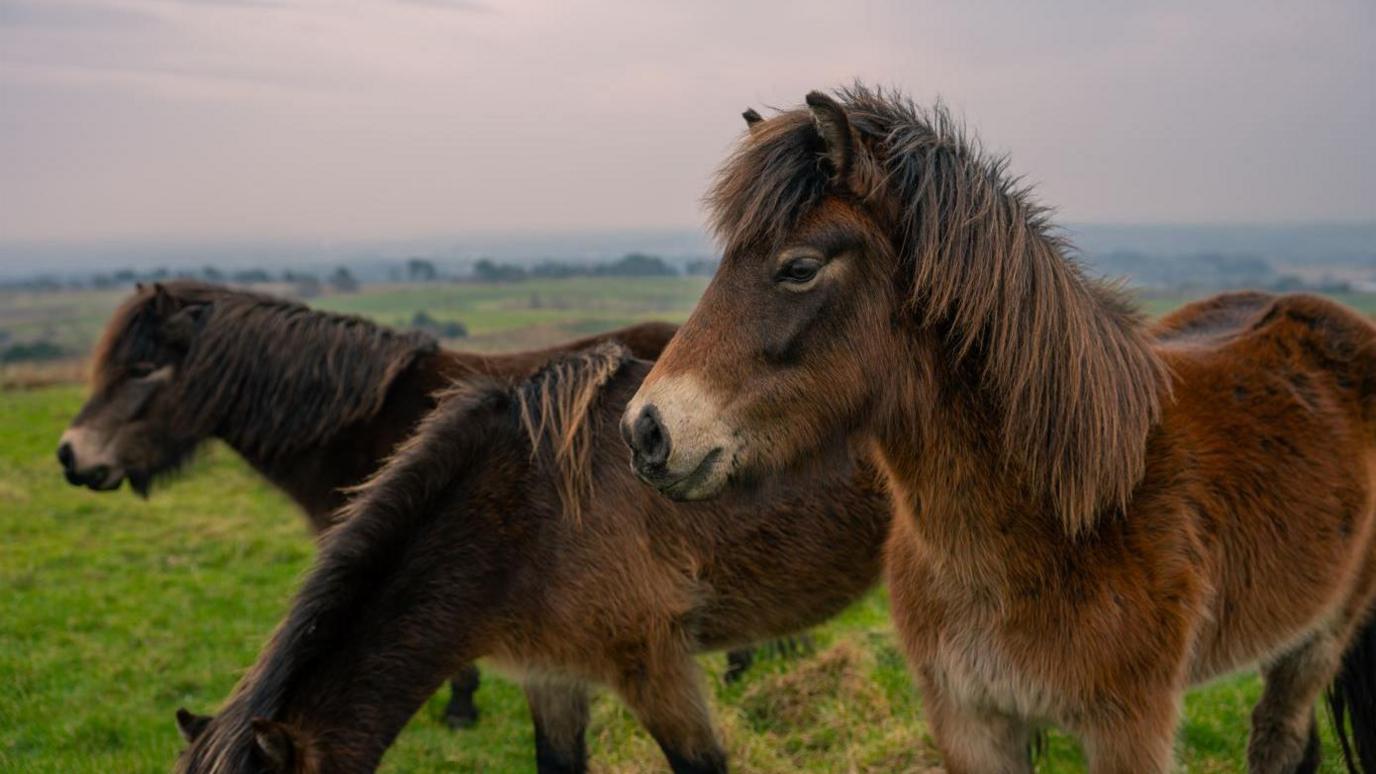
- Published17 November 2024
